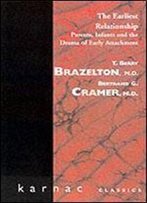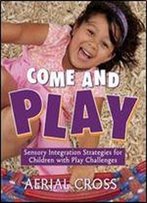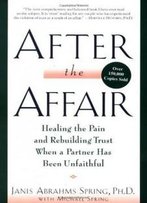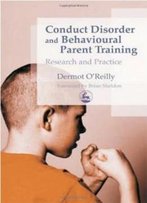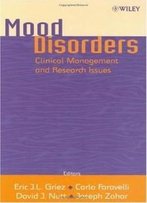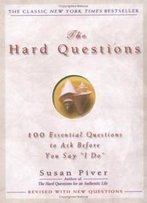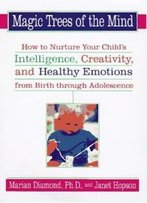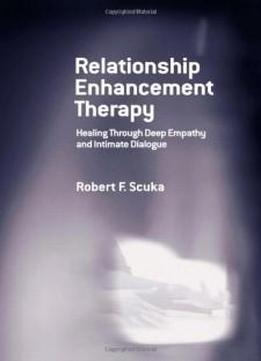
Relationship Enhancement Therapy: Healing Through Deep Empathy And Intimate Dialogue
by Robert F. Scuka /
2005 / English / PDF
9.2 MB Download
Relationship Enhancement Therapy (RE) is a couples-therapy system
conceived of, designed, and first implemented by Bernard Guerney
Jr., who integrated the client-centered theory of Carl Rogers, the
interpersonal theory of Henry Stack Sullivan, the behavior
modification and learning theories of Skinner and Bandura, and the
psychodynamic theory of Freud, in formulating RE. In this book Dr.
Scuka presents an up-to-date, comprehensive theoretical and
practical treatment of RE, in which he gives the reader a guide to
implementing the principles of this dynamic theory. The book is
written principally with couples therapy in mind, although there is
an acknowledged relevance to family therapy, and the author calls
attention the many skills and therapy techniques that would be
applicable to family therapy. Though designed to allow a therapist
of any level of experience to begin working with the RE model, this
book is more than a standard cookbook, as it considers a variety of
special RE therapy techniques, discusses the entire clinical intake
process, the application of the RE model to the treatment of
affairs, use with difficult clients, and family therapy issues such
as domestic violence and stepfamilies.
Relationship Enhancement Therapy (RE) is a couples-therapy system
conceived of, designed, and first implemented by Bernard Guerney
Jr., who integrated the client-centered theory of Carl Rogers, the
interpersonal theory of Henry Stack Sullivan, the behavior
modification and learning theories of Skinner and Bandura, and the
psychodynamic theory of Freud, in formulating RE. In this book Dr.
Scuka presents an up-to-date, comprehensive theoretical and
practical treatment of RE, in which he gives the reader a guide to
implementing the principles of this dynamic theory. The book is
written principally with couples therapy in mind, although there is
an acknowledged relevance to family therapy, and the author calls
attention the many skills and therapy techniques that would be
applicable to family therapy. Though designed to allow a therapist
of any level of experience to begin working with the RE model, this
book is more than a standard cookbook, as it considers a variety of
special RE therapy techniques, discusses the entire clinical intake
process, the application of the RE model to the treatment of
affairs, use with difficult clients, and family therapy issues such
as domestic violence and stepfamilies.


